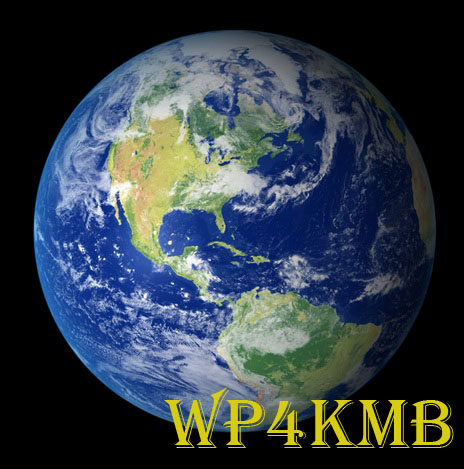1240-1300 MHz ham radio band discussed by CEPT ECC SE40
1240-1300 MHz ham radio band discussed by CEPT ECC SE40
 CEPT ECC has released its news summary for January 2020 that includes the SE40 Rome meeting on January 14-16 which discussed compatibility between RNSS and Amateur Services in 1240-1300 MHz.
CEPT ECC has released its news summary for January 2020 that includes the SE40 Rome meeting on January 14-16 which discussed compatibility between RNSS and Amateur Services in 1240-1300 MHz.
The coexistence between the Radio Navigation Satellite Service (RNSS) and the Amateur Services in the frequency band 1240 – 1300 MHz was discussed by the CEPT ECC SE40 Working Group. The IARU presented possible scenarios to be taken into account in the sharing studies. The meeting agreed that further work on this WI will be developed in the SE40 Forum.
The papers, Amateur vs RNSS – Amateur scenarios – initial ideas, Draft Report RNSS vs Radioamateur, and Draft Minutes, along with other SE40 Rome meeting documents can be downloaded via
https://www.cept.org/ecc/groups/ecc/wg-se/se-40/client/meeting-documents/?flid=27486
The CEPT ECC January news summary is at
https://cept.org/ecc/news/ecc-monthly-news-summary-for-january-2020/
https://twitter.com/CEPT_ECC
The Galileo GNSS constellation and 1296 EME operation
http://www.southgatearc.org/news/2020/february/the-galileo-gnss-constellation-and-1296-eme-operation.htm
2006 article Potential Interference To Galileo From 23cm Band Operations by Peter Blair G3LTF
http://www.southgatearc.org/articles/galileo.htm
m5aka
AMSAT-UK
Powered by WPeMatico





